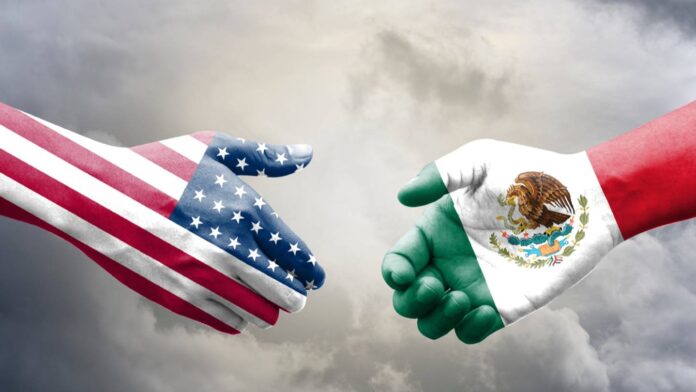
Tiempo de lectura aprox: 1 minutos, 37 segundos
Summary: The U.S. and Mexico share a unique manufacturing partnership strengthened by proximity, economic ties, and shared stability—making their alliance essential in a changing global landscape.
Too often, discussions about U.S.-Mexico relations get overshadowed by political cycles and electoral dynamics in the United States. Yet, when we focus on economic fundamentals, Mexico stands out as an ideal manufacturing partner. The reasons are straightforward: geographically, no country is closer to the U.S. with such a significant manufacturing sector, and the U.S.-Mexico-Canada Agreement (USMCA), which began as the North American Free Trade Agreement (NAFTA), is one of the most comprehensive trade deals of its kind. Mexico’s labor market and familiarity with the U.S. economy further strengthen this partnership, and the extensive road, rail, port, and airport access enhances its logistical connectivity. In these terms, it’s hard to find a more practical candidatez.
Additionally, the shared 3,145-kilometer (1,954-mile) border between the U.S. and Mexico is unique, allowing for a level of trade and economic integration that no other country can offer. This common border also supports a vibrant binational diaspora, a community that strengthens both social and economic ties and fosters mutual understanding on both sides.
In a world increasingly affected by geopolitical tensions, Mexico’s relative stability adds to its value as a partner. This stability, combined with the flexibility of both countries’ economies to adapt to each other’s needs, is an asset worth recognizing. It’s also worth noting that the U.S. and Mexico have maintained strong economic ties across party lines. The Maquiladora Program was established under a Democratic administration, while NAFTA—the precursor to the USMCA—was a Republican initiative. This bipartisan support reflects a recognition of Mexico as a strategic partner.
Perhaps this reality is sometimes underestimated. For the United States, Mexico is a natural ally in developing a sustainable manufacturing network, while for Mexico, the U.S. remains an indispensable economic partner.
The concept of an integrated North America—initially envisioned through NAFTA—continues to be relevant. With Canada’s natural resources, U.S. capital and business expertise, and Mexico’s growing manufacturing base, this partnership has the potential to keep North America competitive on the global stage. Mexico’s need to expand its infrastructure to support this growth presents a challenge but also an opportunity—one not unlike the path China took before becoming a manufacturing powerhouse. The difference, however, is that Mexico is not just a distant production hub; it is a long-term partner and a neighboring nation, with ties that run deeper than just economic interests.
In a time when supply chains are being reassessed, stability and resilience have become priorities for both countries. The U.S.-Mexico relationship is built on fundamentals that transcend political fluctuations, underpinned by mutual benefits and economic logic. As this partnership evolves, the enduring practical advantages of working together will continue to support both nations in navigating a complex global economy.







